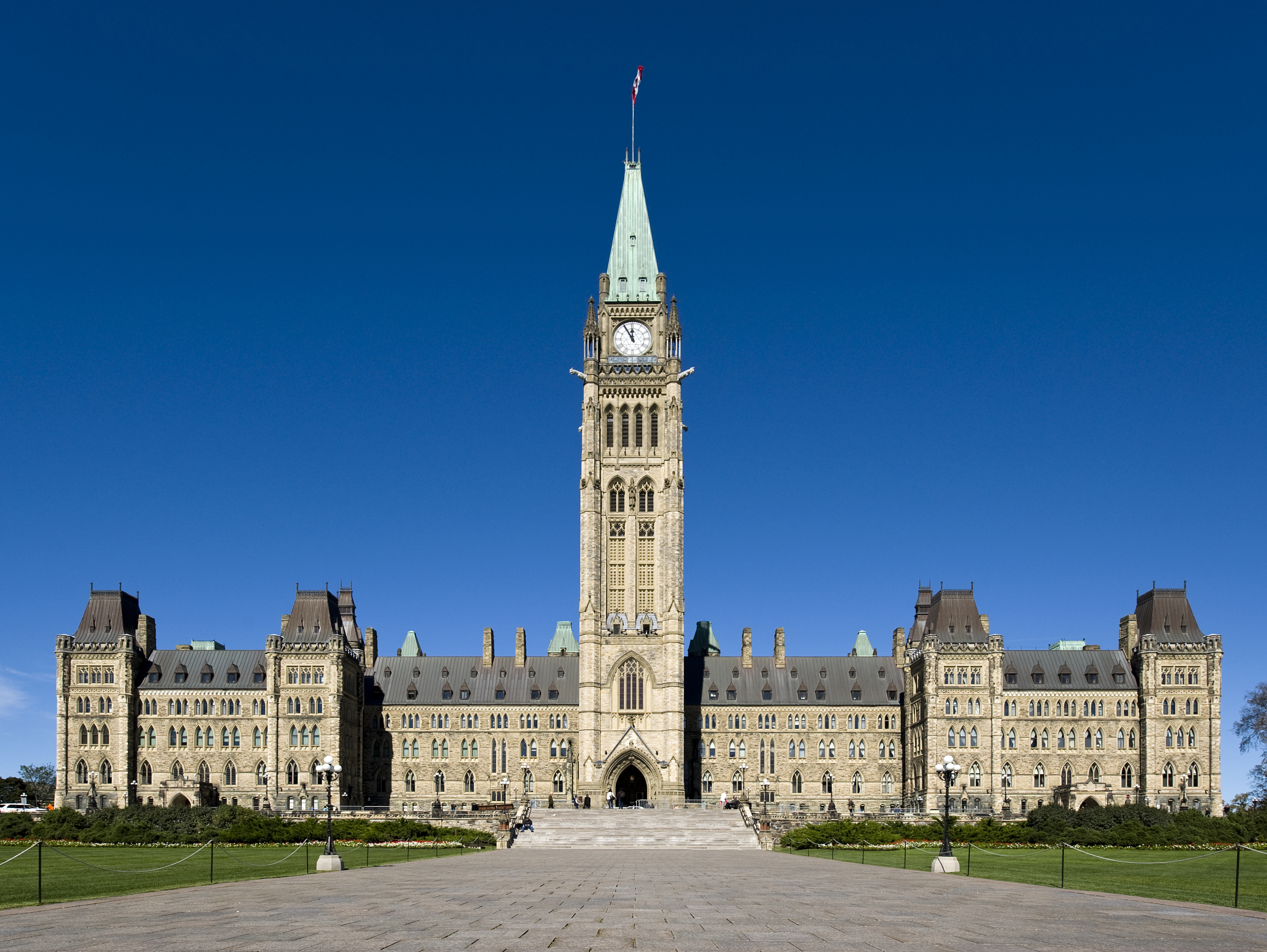 Executive Summary
Executive Summary
A federal government runs a large deficit. Deficits are so large that the ratio of federal debt to Gross Domestic Product (GDP) approaches 70 per cent. A constituency of voters have gotten used to large federal spending programs. Does that sound like the United States? Well, yes. But it also describes Canada in 1993. Yet, just 16 years later, Canada’s federal debt had fallen from 67 per cent to only 29 per cent of GDP. Moreover, in every year between 1997 and 2008, Canada’s federal government had a budget surplus. In one fiscal year, 2000–2001, its surplus was a whopping 1.8 per cent of GDP. If the U.S. government had such a surplus today, that would amount to a cool $263 billion rather than the current deficit of more than $1.5 trillion.
We often think of Canada as a more-socialist and a higher-tax country than the United States, and for good reason: to some extent it’s true. For instance, Canada has a single-payer healthcare system, few private universities, and a five-per cent federal tax on goods and services. So, what happened? How did the Canadian government do it? You might think that the Canadian government achieved the budget surplus by 2000–2001 with major increases in taxes, but it didn’t. Part of the fiscal improvement was due to high economic growth. But economic growth is, in part, a result of policy, not a policy itself.
The main policy actions that the Canadian government took to shrink its budget deficit and turn deficits into surpluses were cuts in government spending. Moreover, the Canadian government didn’t just cut the growth rate of spending, a favourite trick of U.S. politicians who want to claim the mantle of fiscal conservatism. It also cut absolute spending on many programs in dollar terms.
And because the inflation rate in Canada, though low, was greater than zero over the whole time period, these cuts in dollar terms were even larger in inflation adjusted dollars.
There are two morals of this story. First, the Canadian experience shows us that a large budget deficit can be turned into a budget surplus with ten years of fiscal discipline, mainly with spending cuts. It can happen here in the United States. We do not have to accept the idea that we have only two grim choices: living with huge budget deficits and a federal debt that both increase as a per cent of GDP, or accepting our current spending but reducing the budget deficit with major tax increases.
The second moral of the story is that the Canadian experience does not support the Keynesian view that policymakers should not cut government spending during an economic slowdown. The Canadian experience, just like the U.S. experience during the 1920–21 recession and in the first two years following World War II, shows that cutting government spending even during low-growth years can be good for long-term economic results. Following is the story of how Canada achieved fiscal discipline, turned a budget deficit into a surplus, and in the process became one of the healthiest economies in the G-7.
View entire study as PDF (25 Pages)


